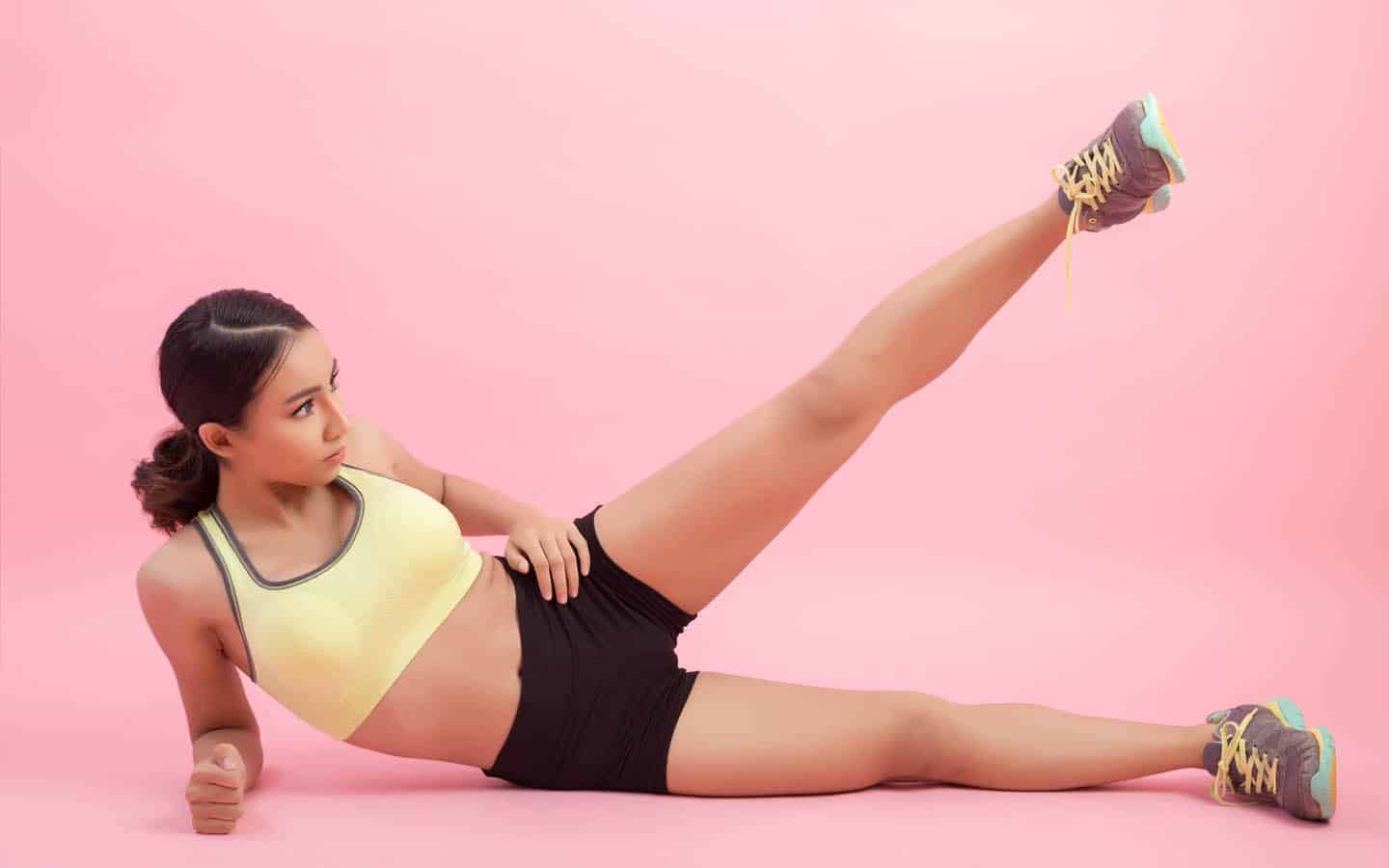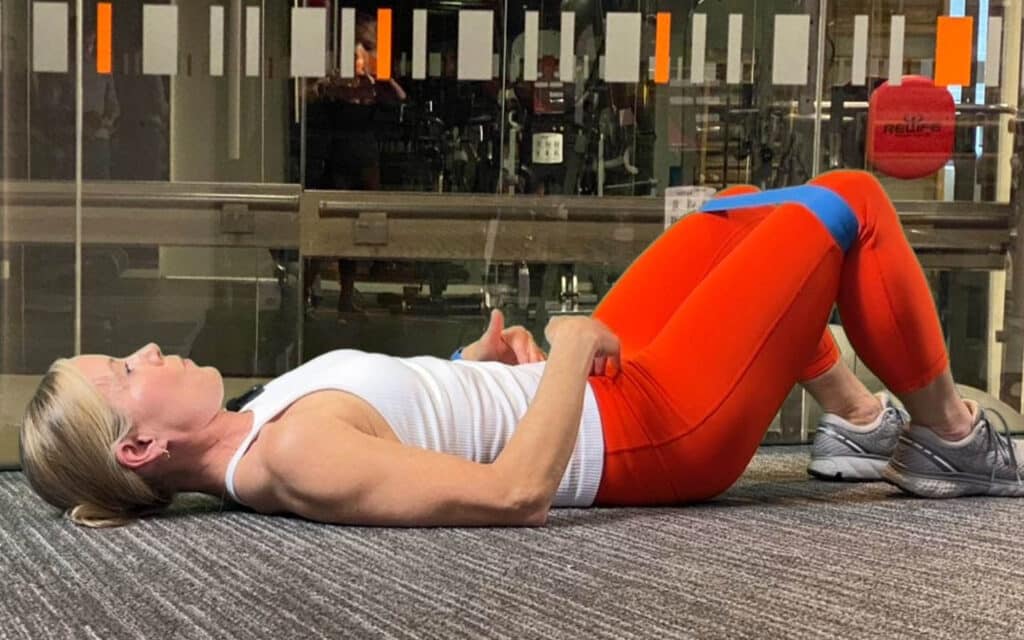
Anatomy Corner: Hips
Hip abductors are a group of muscles that help stabilize the pelvis and are responsible for the outward movement and rotation of the leg. They include the Gluteus Medius, Gluteus Minimus, and Tensor Fascia Lata
The muscle deep to the gluteus maximus is not surprisingly, the gluteus medius! The gluteus medius muscle begins from underneath the outer rim of the pelvis and inserts onto the greater trochanter (bony prominence on the outside of the hip). The gluteus minimus is directly underneath the gluteus medius – both are fan-shaped – and the tensor fascia lata (TFL) is just in front of these muscles.
The gluteus medius and minimus muscles play a very important role in stability of the hip and pelvis. They can function to stabilize the hip joint (which is a ball in socket joint like the shoulder) or bring the leg out to the side. Its primary responsibility is to hold the pelvis level as the weight is shifted onto that leg. If this muscle is weak, you may notice the hip sag or the shoulders shift to that side when standing on one leg, or limping/uneven gait. It also plays a role in internally rotating the hip (pulling the knee inwards). Fun fact: there is no muscle with the primary function of internal rotation of the hip! The Tensor Fascia Lata (TFL) originates from the outer edge of the iliac crest just outside the anterior superior iliac spine. It inserts into the iliotibial band. The TFL abducts and flexes the hip.
Hip abductor weakness has been shown to correlate with:
- lower back pain
- chronic ankle instability
- sacroiliac joint dysfunction
- and iliotibial band syndrome
Common problems/related issues to this muscle:
- gluteus medius tendonitis/tendinosis
- tendon tears
- and trochanteric bursitis.
Exercise: Isometric Bent Knee Fallout
This exercise actually works the non-moving leg, working on your ability to stabilize through the outside of the hip against the movement of the other leg.
- Lie on your back with your knees bent.
- Place a resistance band around both legs just above the knees.
- The spine should stay in a neutral position with this (not flattened or overly arched).
- Begin by gently pulling belly button to spine (without moving your back) to engage your lower abdominals.
- Gently press right knee out into band (just enough to take up the slack in the band), this leg will stay in this position through the exercise.
- Slowly press the left knee out 2-3 inches, and then return in a slow controlled manner.
- Do 10 repetitions on each side. x 2 sets.
As you are doing this exercise, you should think about contracting the muscles on the outside/back of the non-moving leg.

By Eilish O’Sullivan

